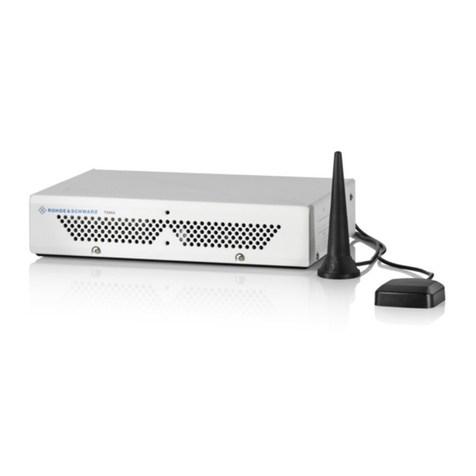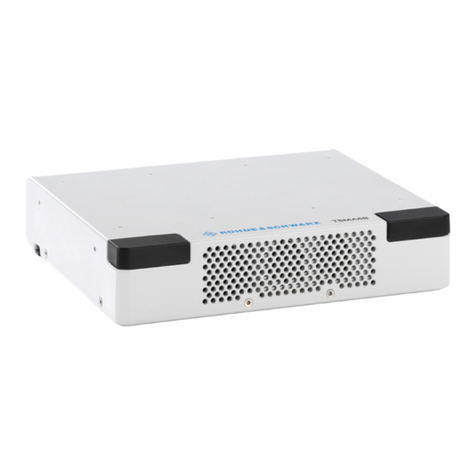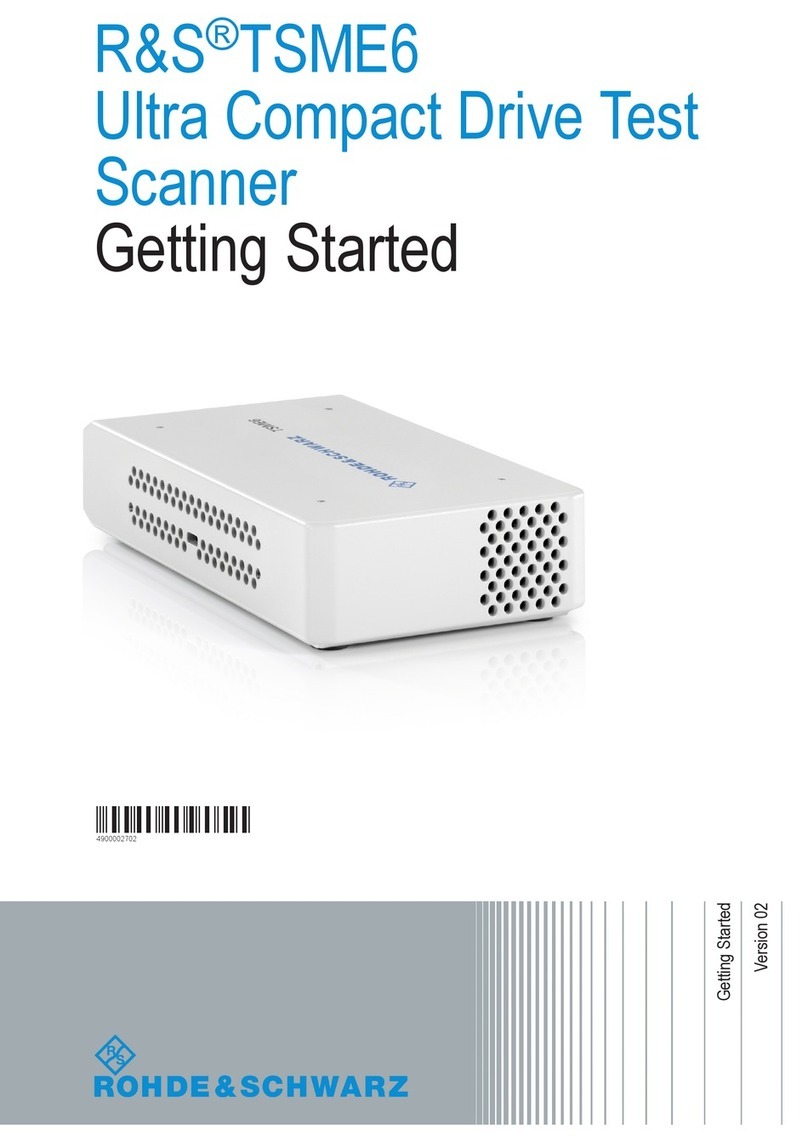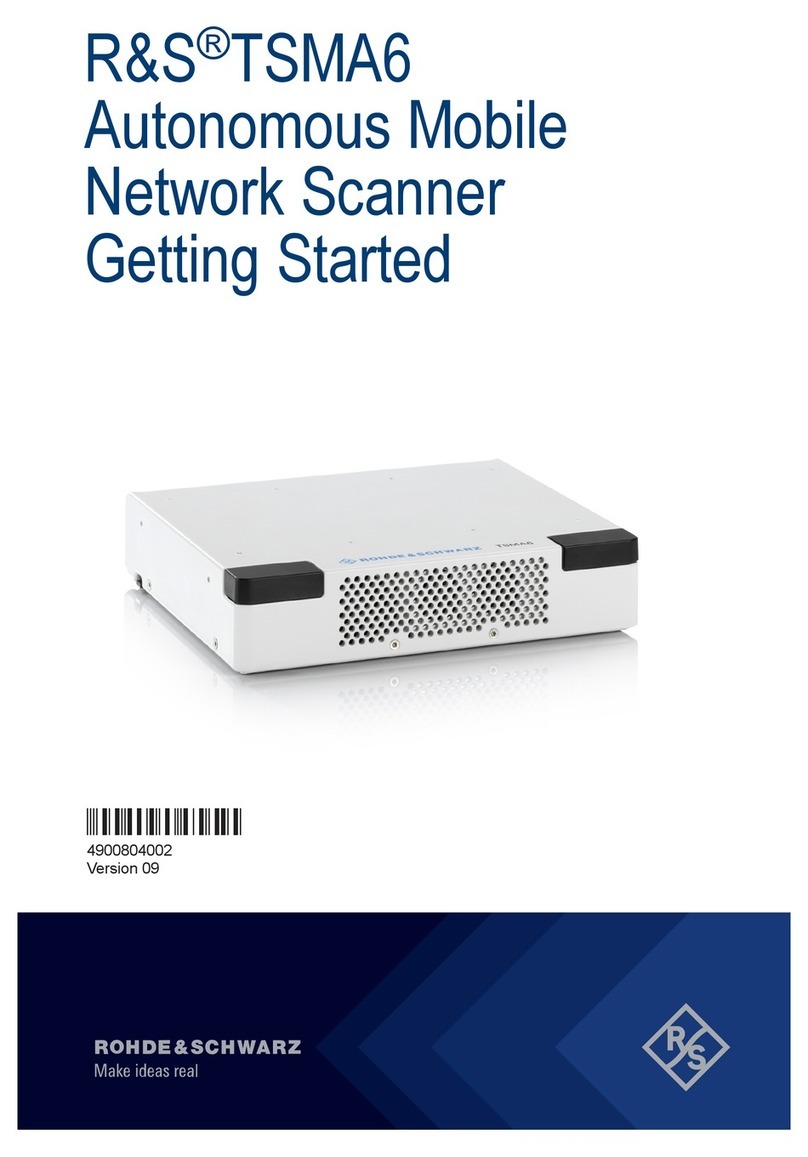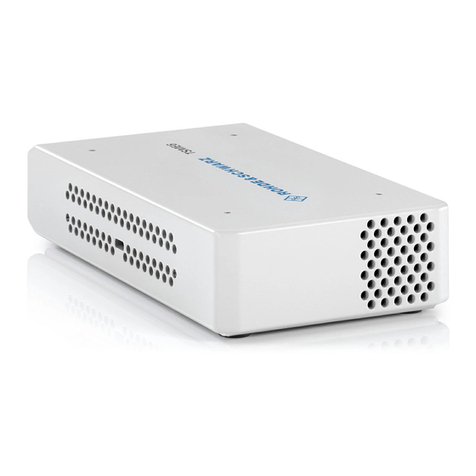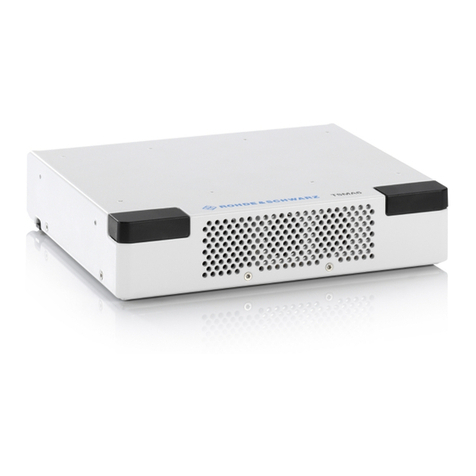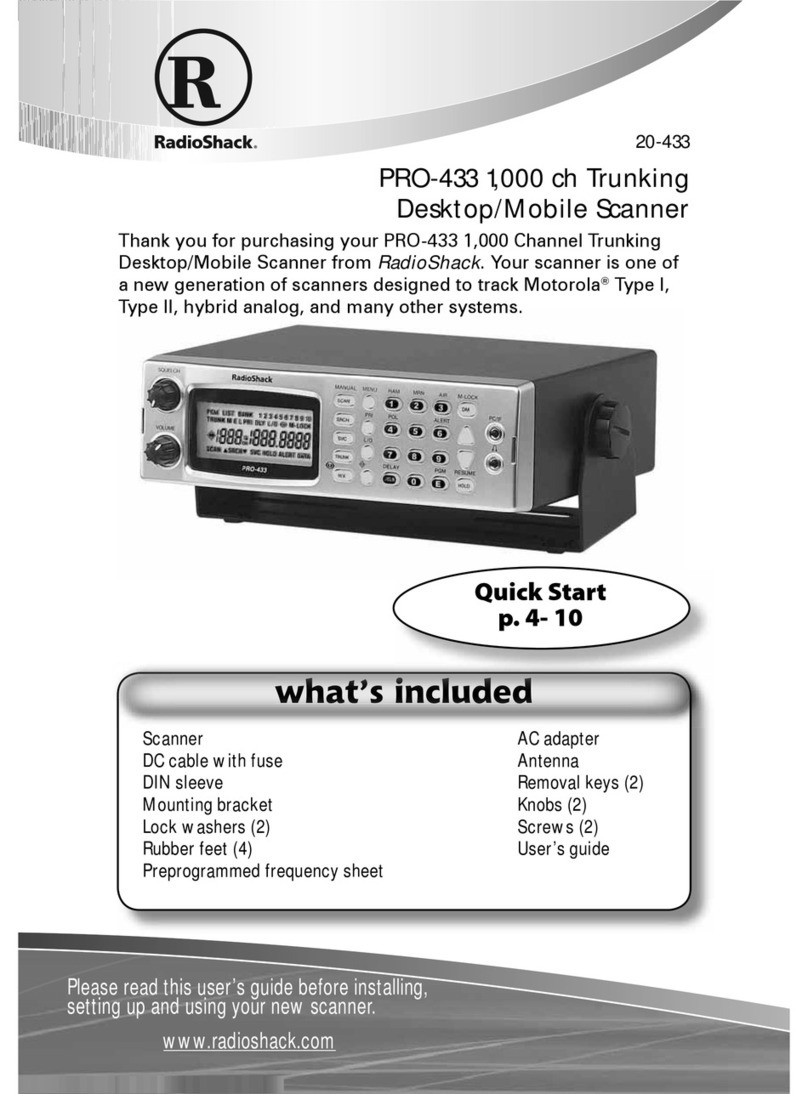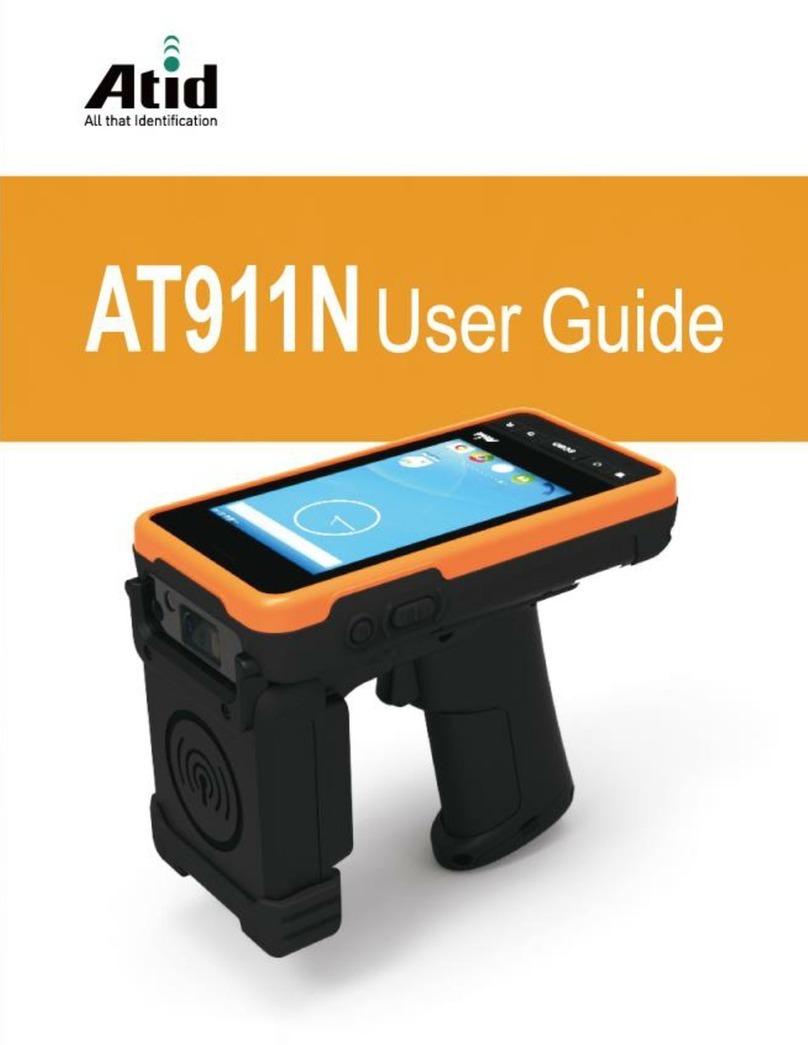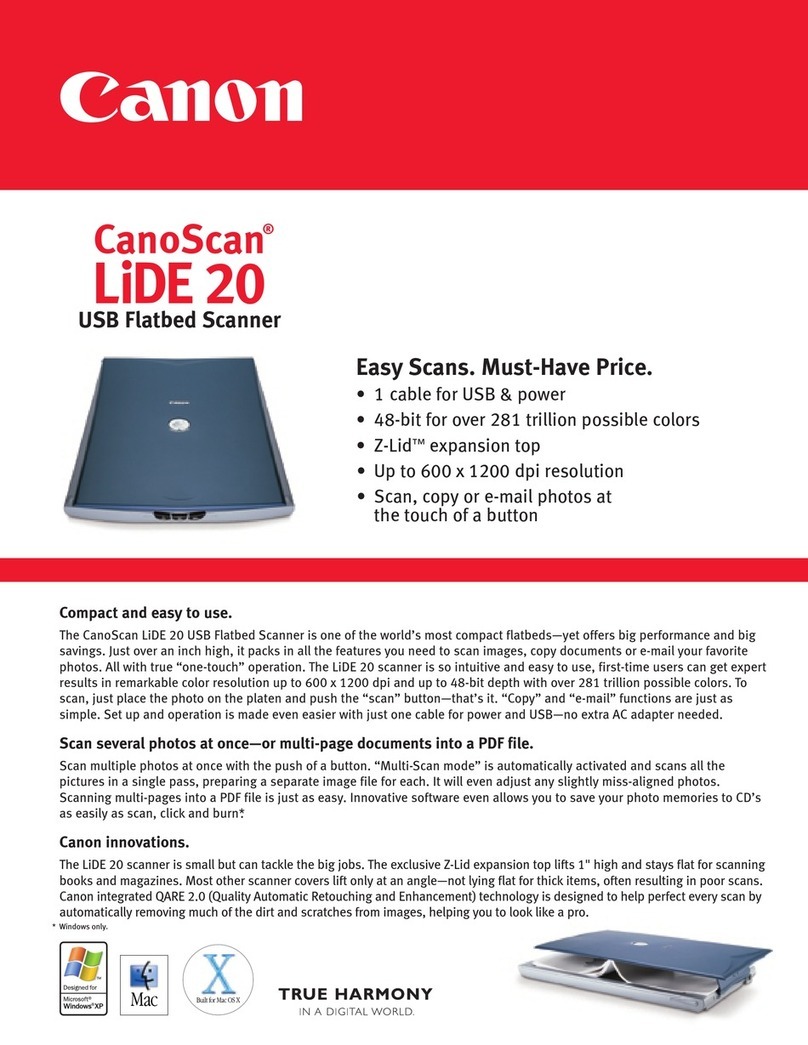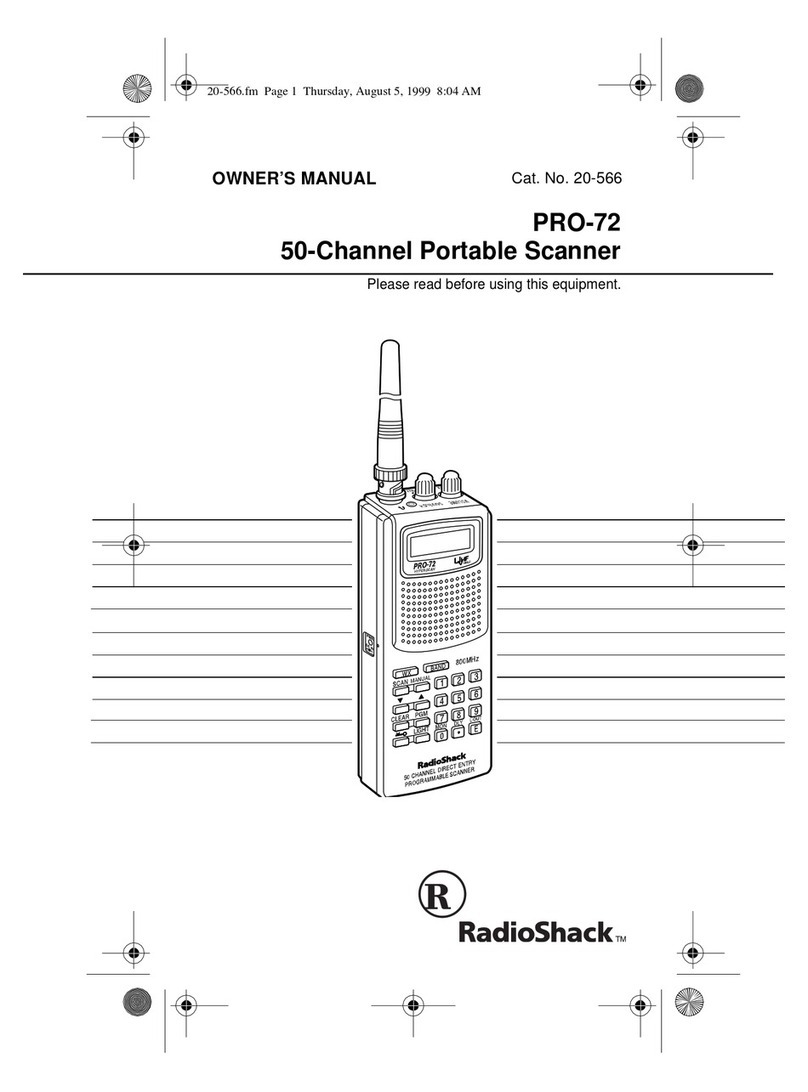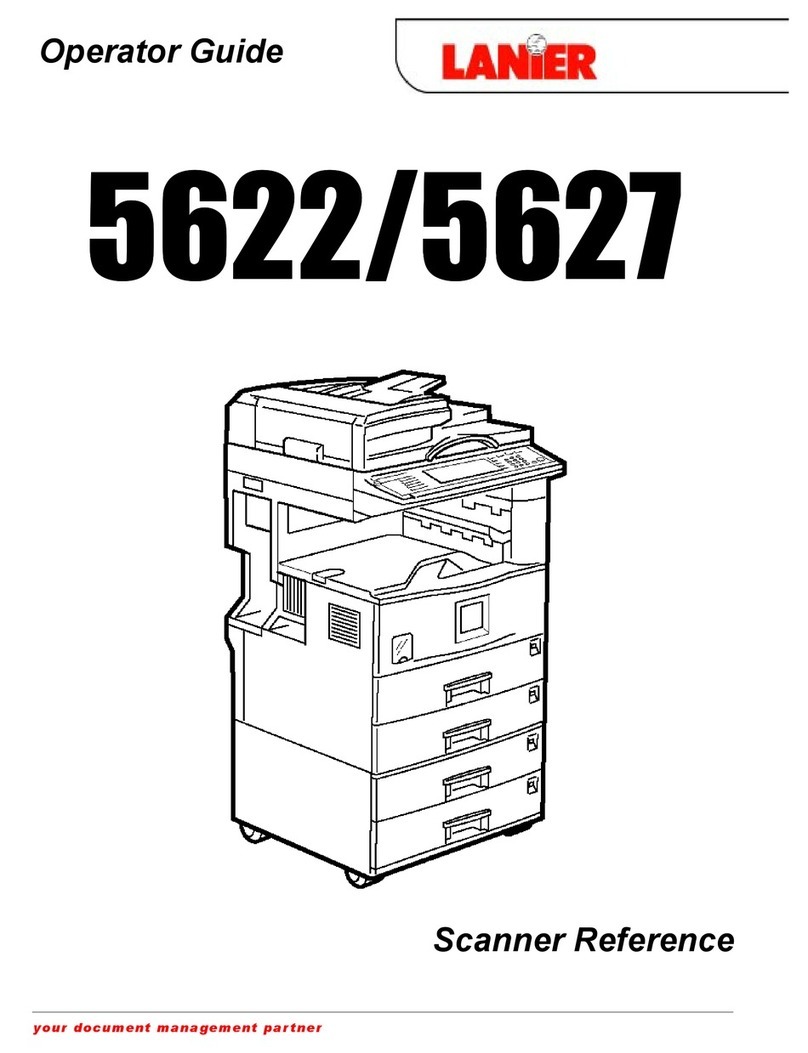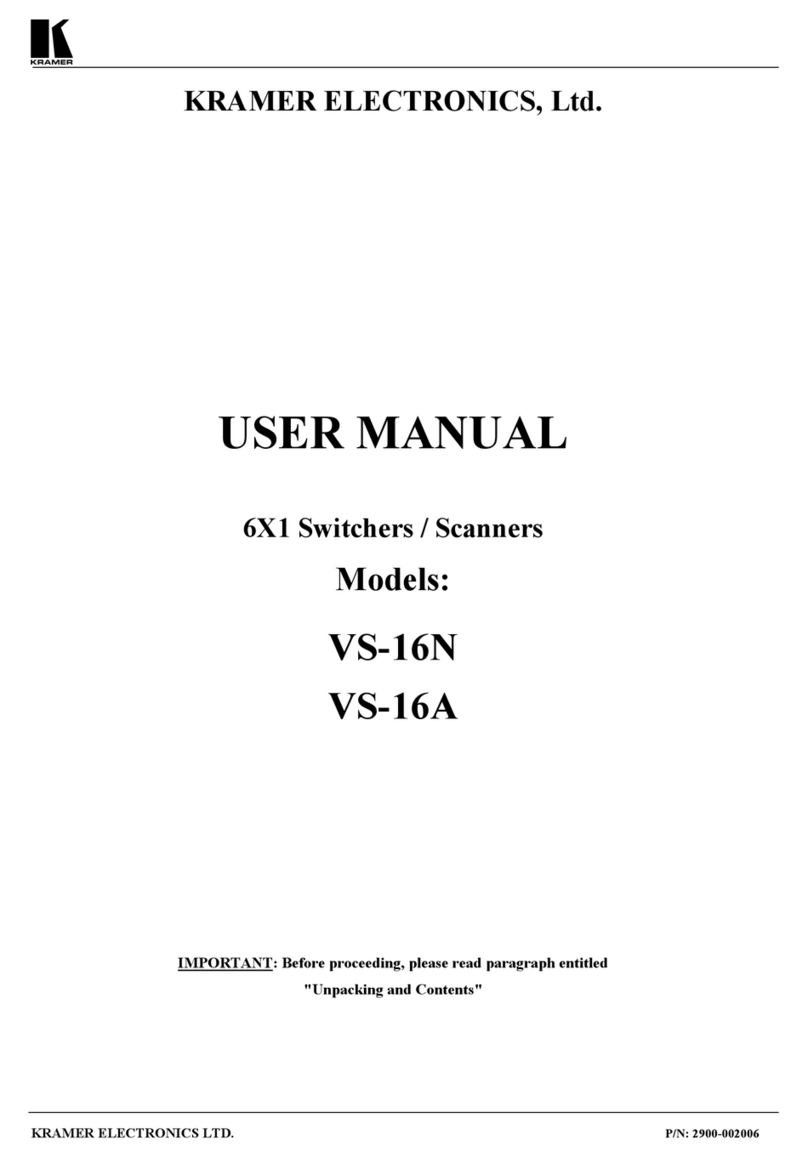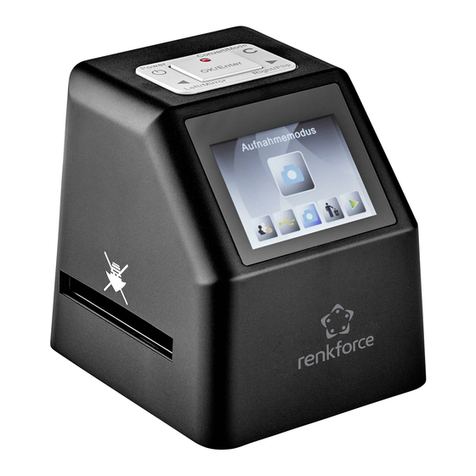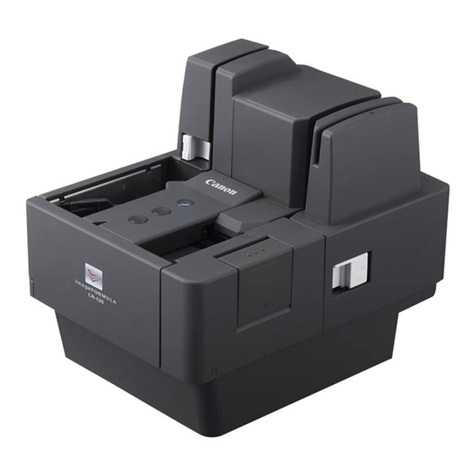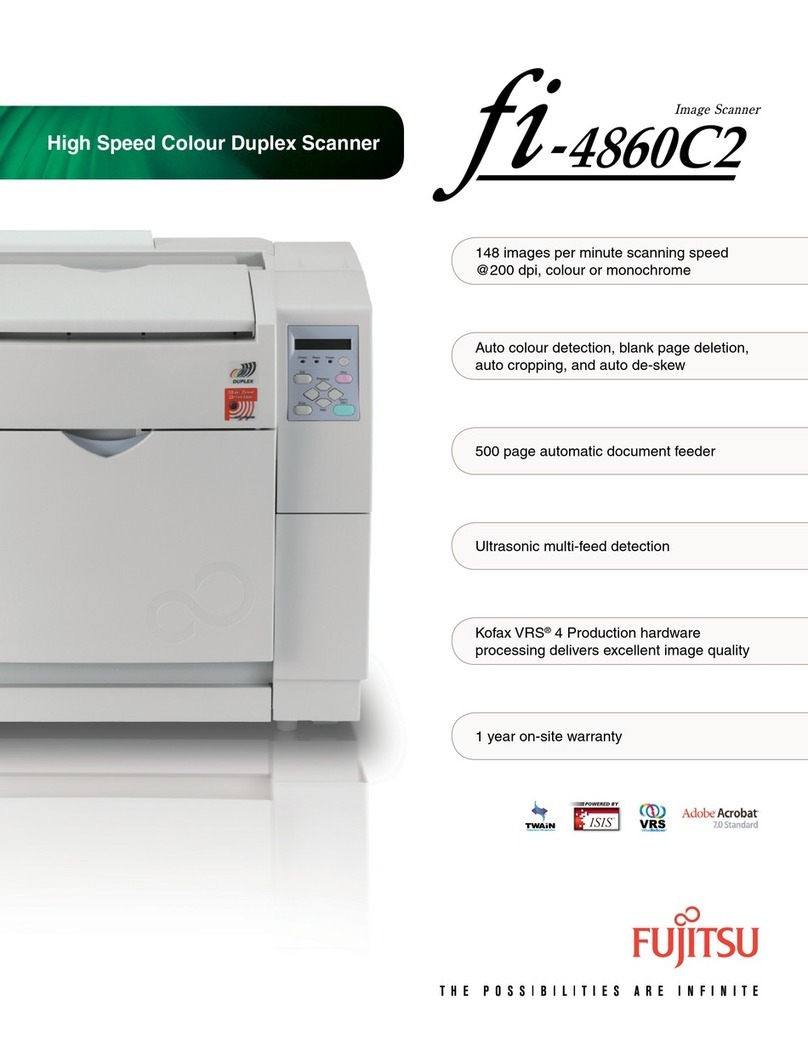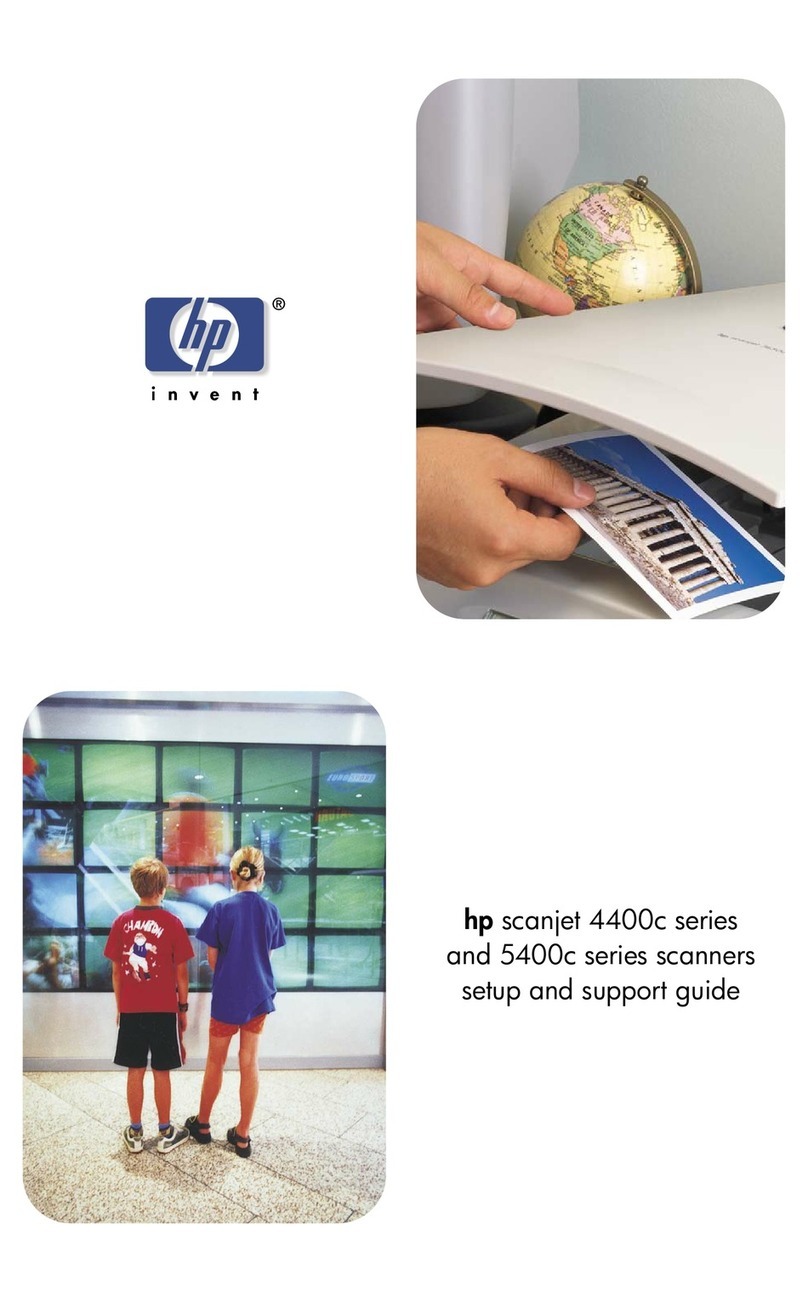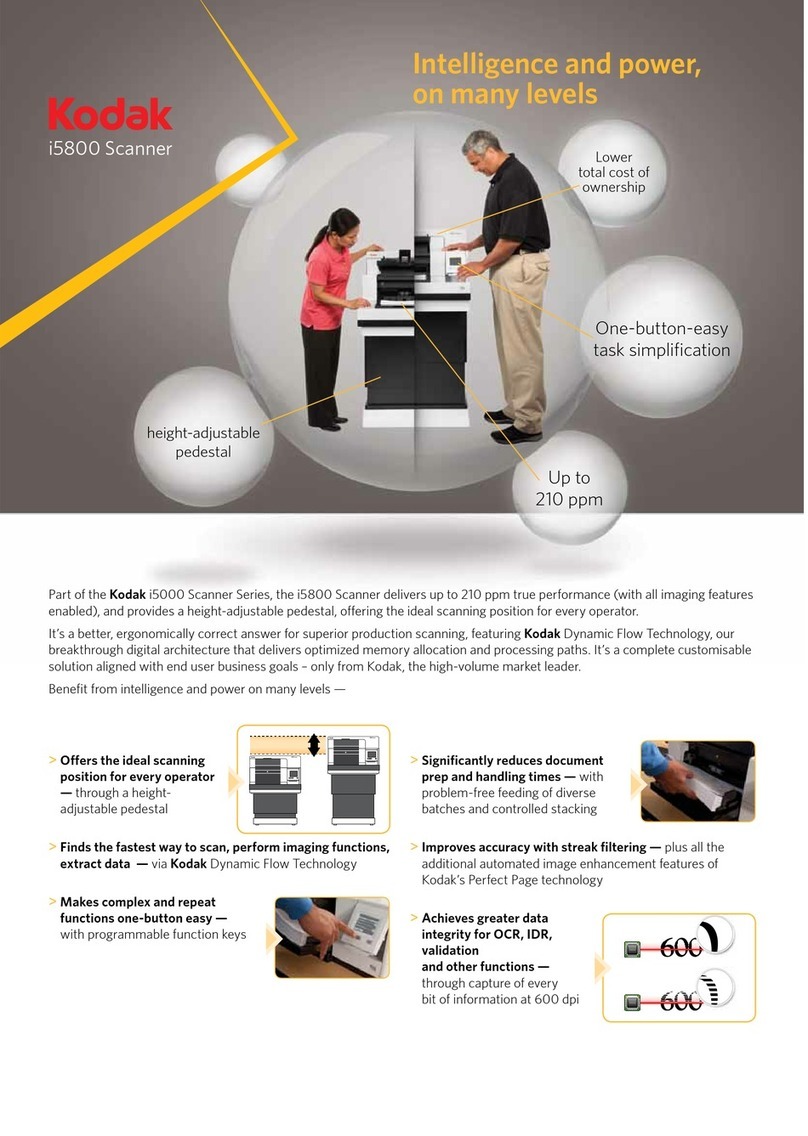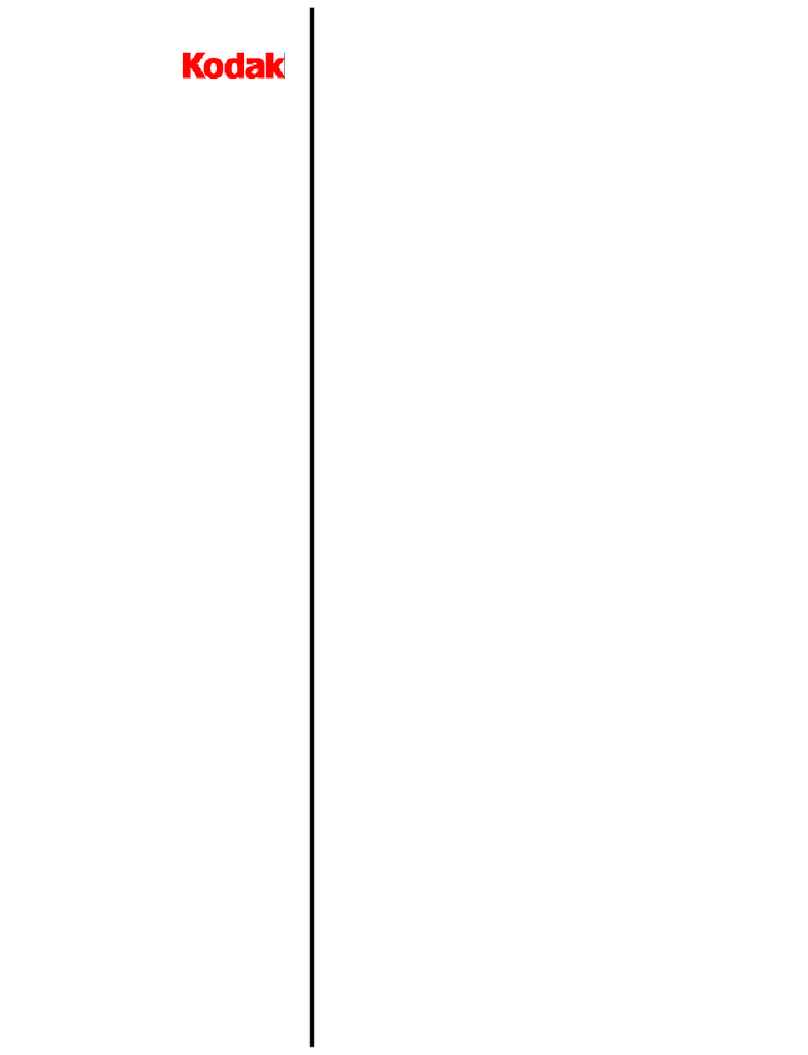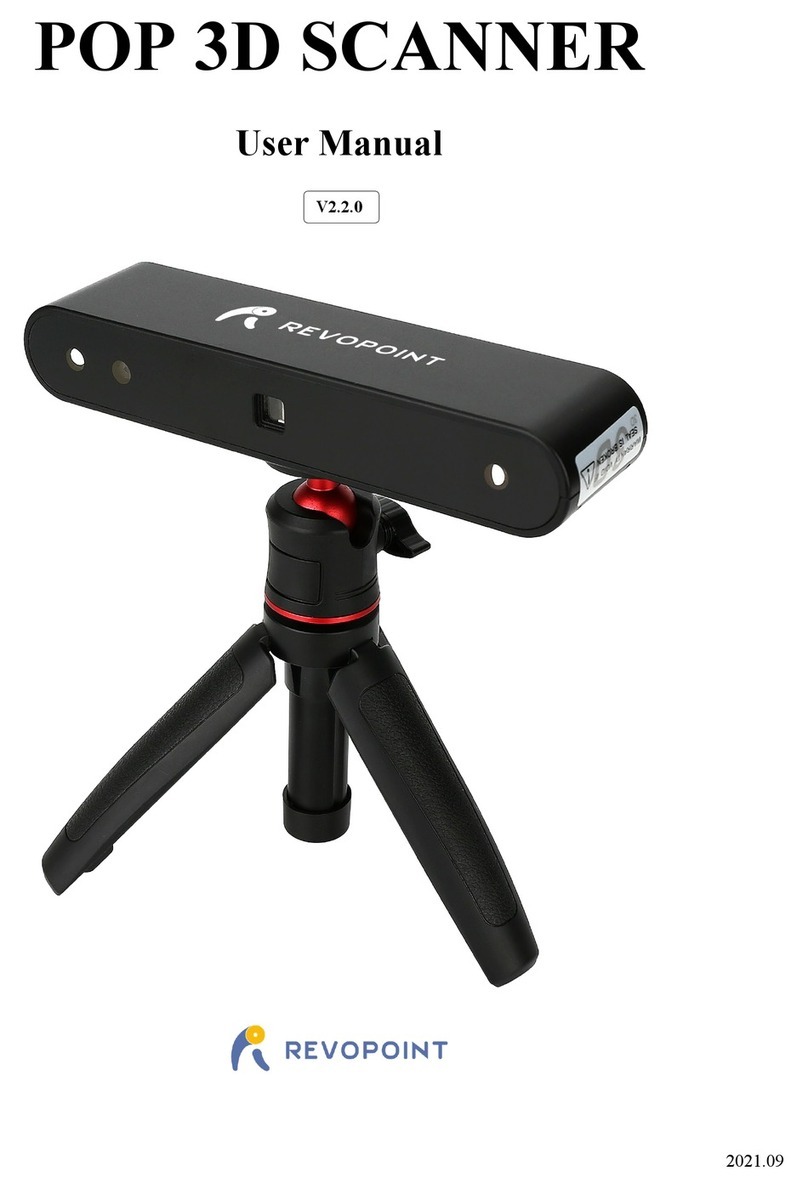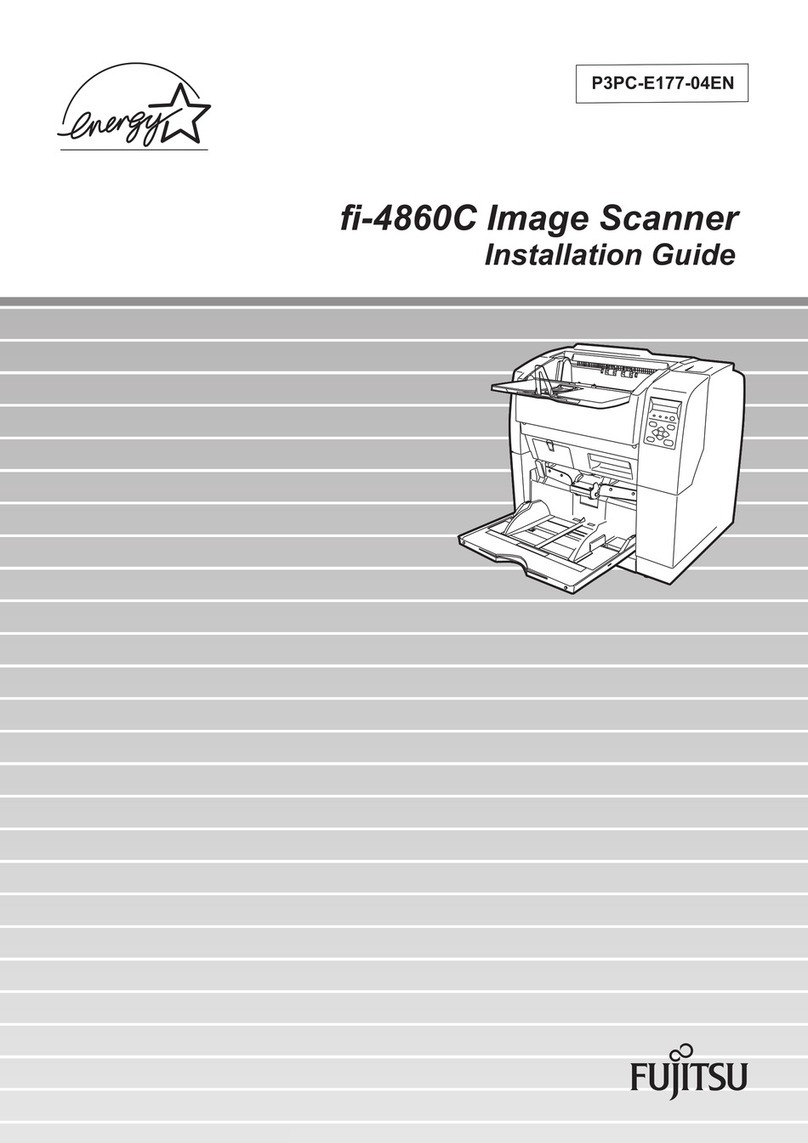
Introduction
R&S®TSME
7User Manual 1514.6542.02 ─ 10
●Configuring the R&S TSME (via the R&S TSME Device Manager, see Chapter 4.1,
"The R&S TSME Device Manager", on page 41)
●Sending the measurement commands (via the drive test software), thus controlling
and performing the actual measurement
●Updating the R&S TSME firmware when required (see "Automatic firmware
updates" on page 53)
In addition to the host PC, the following further equipment is required to perform mea-
surements with the R&S TSME:
For an overview of the package contents for the R&S TSME refer to "Accessory list"
on page 12 and to the Release Notes.
Table 1-1: Equipment required to perform measurements with the R&S
TSME
Equipment Availability
Antennas ●GPS: active antenna with cable and SMA connector included in pack-
age
●RF antenna and cable (not included)
●Optionally: R&S TSME accessory antennas
(See the product page on the Rohde & Schwarz website at: https://
www.rohde-schwarz.com/product/TSME > "Options")
Connection cables ●DC power supply cable with a cigarette lighter connector (included in
package)
●Optionally, 4-fold DC y-cable (R&S TSME-ZYC4) to run 4 R&S TSMEs
from one AC power supply (e.g. R&S TSMW-Z1)
●LAN cable to connect host PC (RJ45 Patch cable CAT6 2m, included in
package)
●Synchronization cable to synchronize multiple R&S TSMEs
– option R&S TSME-ZC2 - Synchronization cable for 2 R&S TSMEs
(order no. 1522.6560.02)
– option R&S TSME-ZC4 - Synchronization cable for 4 R&S TSMEs
(order no. 1522.6831.02)
AC power supply Optionally included in package: R&S TSME-Z1 (order number
1514.6913.02)
World-wide adapter for
earthing type plug
Included in R&S TSME-Z1 option, required to use the R&S TSME-Z1 world
wide
LAN switch Optionally, 5-port Gbps LAN switch with 9k jumbo frame support, AC or USB
powered, to connect 4 R&S TSMEs to one host PC
(For example: R&S TSPC-LS Gbit LAN Switch - USB powered, order no.
3624.8364.02)
USB to LAN Adapter Optionally, USB 3.0 To Gbit LAN Adapter (R&S TSPC-U2L, order no.
3593.8430.02), provides an additional LAN port on the host PC to connect
two R&S TSMEs to one host PC
Mechanical connections for
multiple R&S TSMEs
Metal brackets and screws included in
option R&S TSME-ZC2 - Synchronization cable for 2 R&S TSMEs
option R&S TSME-ZC4 - Synchronization cable for 4 R&S TSMEs
Required software options Installed at the factory
Additional software options can be installed subsequently via the
R&S TSME Device Manager (for details refer to Chapter 4.6, "Configuring
Measurement Bands", on page 50).
Measurement Setup
